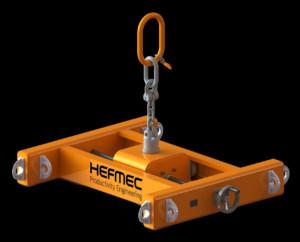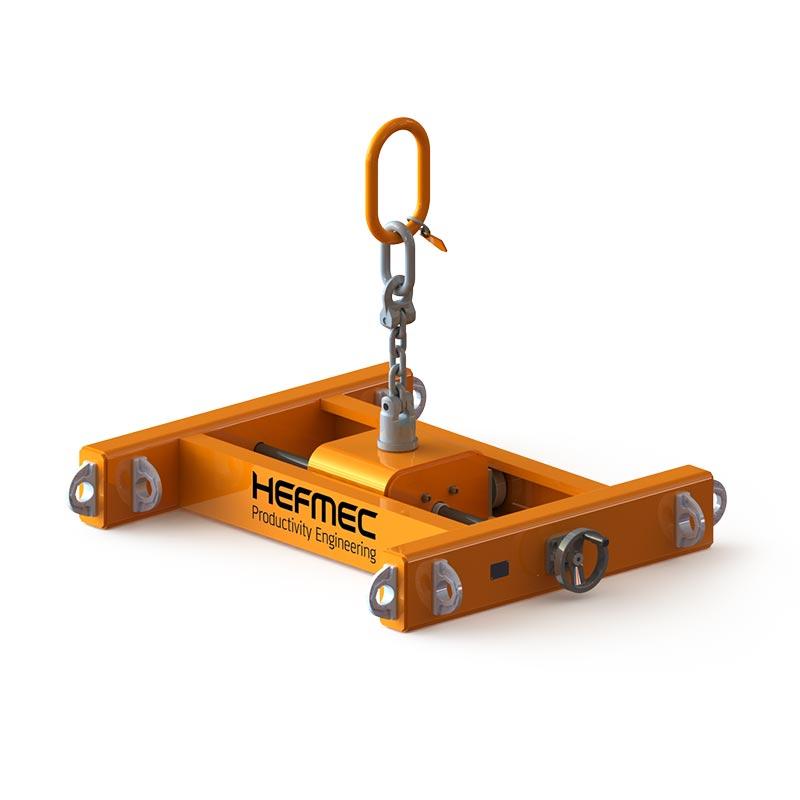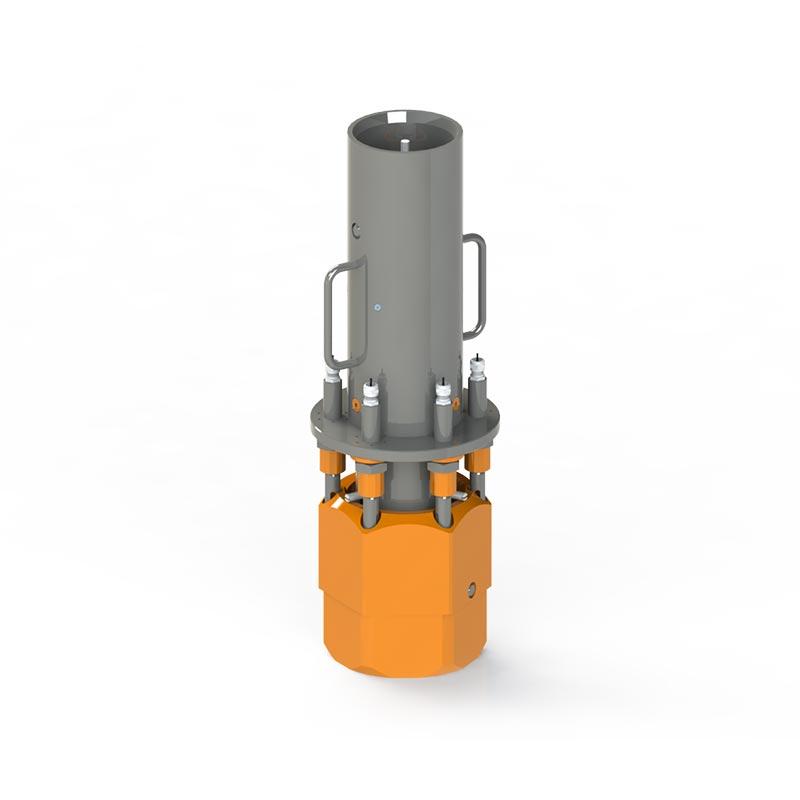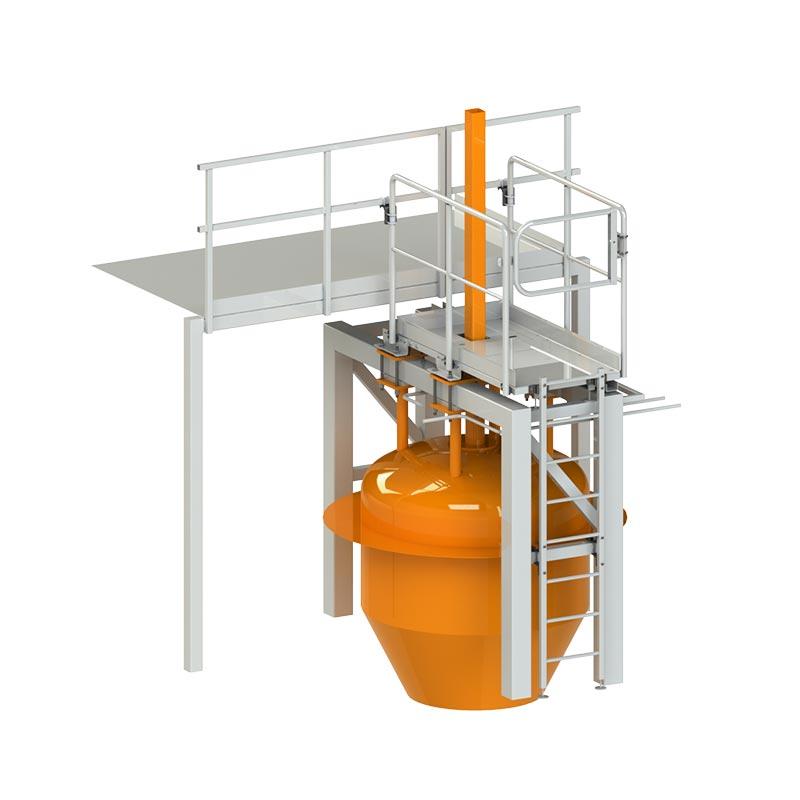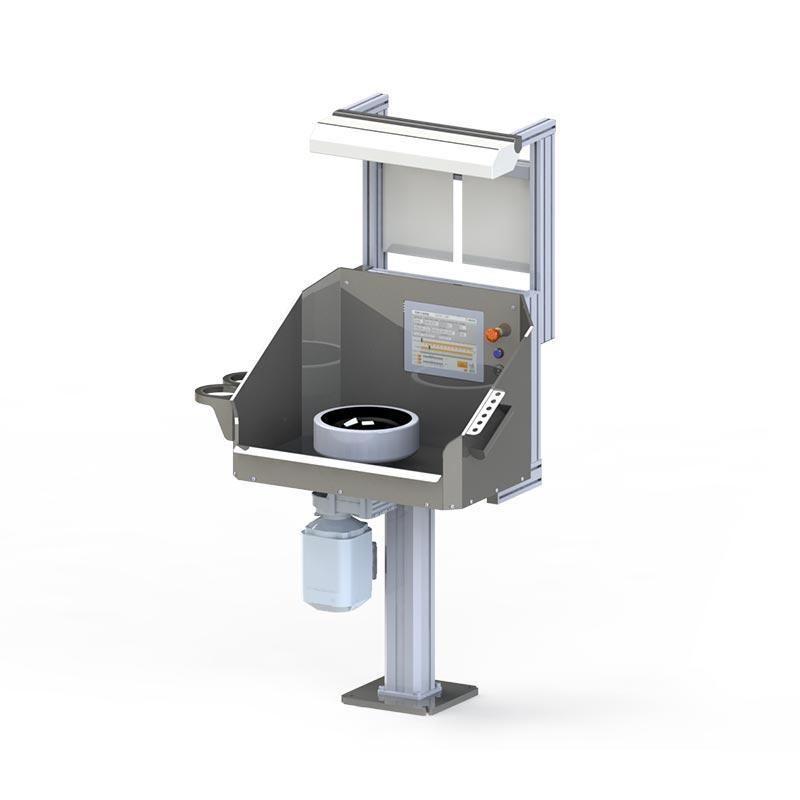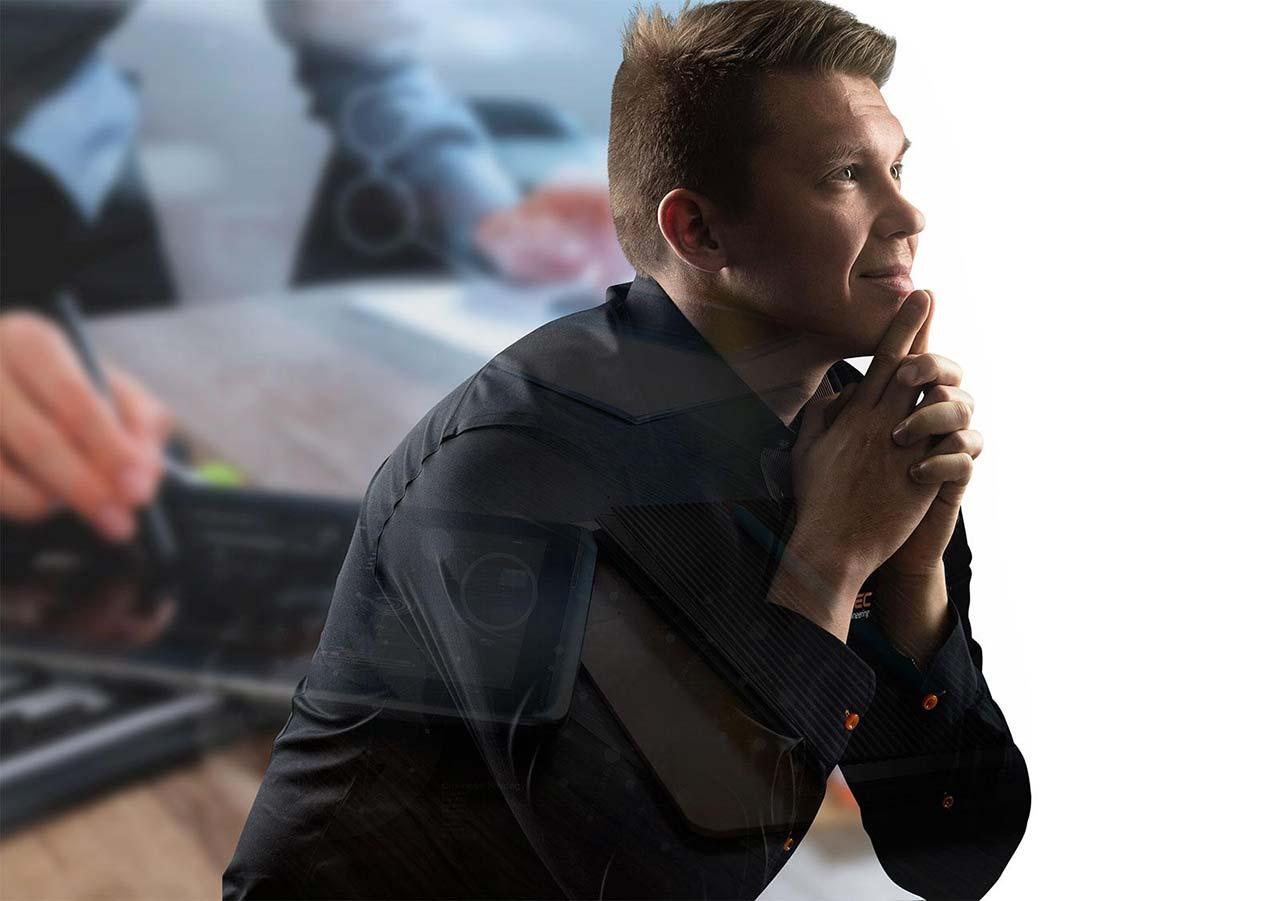Introduction to equipment design
Device design shapes the quality and functionality of the product at every stage of the development process. When you design a device right, it doesn’t just meet the user’s needs – it exceeds expectations in terms of durability, usability and performance. In the technology industry, this means that innovation and precision determine whether you succeed in the market or are left behind by your competitors.
Equipment design is a multi-stage process that requires in-depth expertise and careful planning. In this article, we’ll go through how device design affects product quality and what factors you need to consider when developing a quality product. You’ll get practical tips and in-depth information on how to make design decisions that improve the bottom line.
User experience and ergonomics
To create a positive user experience, consider ergonomics, usability and an intuitive user interface from the design stage. An easy-to-use and comfortable device improves user satisfaction and significantly reduces the chance of errors.
Taking ergonomics into account in the design reduces the physical strain on the user and improves work performance. When designing tools and equipment, ergonomic solutions reduce the risk of stress injuries and improve working comfort. This has a direct impact on product quality and lifetime.
In practice, this means studying how users work, measuring hand grips and analysing movements. You test prototypes in real-life situations and collect feedback from users. This ensures that the device feels natural to use, even over long periods of time.
Material choices and durability
The choice of materials directly affects the durability and quality of the product. Properly selected materials improve the performance, durability and safety of your equipment. High-quality alloys and composites offer improved corrosion resistance and mechanical strength.
When choosing materials, you should also consider the environmental impact and recyclability. Sustainability is an increasingly important factor in equipment design, and the use of environmentally friendly materials improves the ecological footprint of the product. This not only helps to protect the environment, but also enhances your company’s reputation as a responsible corporate citizen.
In practical material selection, you will assess loads, temperatures and chemical effects. You test material samples in the laboratory and simulate operating conditions. You compare costs and availability. In this way, you find the optimal balance between performance, durability and economics.
Innovation and the use of technology
Innovation is at the heart of equipment design. The use of new technologies and methods significantly improves product quality. 3D printing and advanced simulation software allow for more accurate and faster prototyping, reducing errors and improving the quality of the final product.
The use of technology is not limited to the manufacturing process. Intelligent sensors and IoT solutions enhance the functionality and user experience of the device. Integrating these technologies at the design stage brings significant benefits, such as the possibility of predictive maintenance and better performance monitoring.
Digital twin technology allows you to test and optimise the performance of your device virtually before a physical prototype. Artificial intelligence helps analyse usage data and predict maintenance needs. Cloud services allow remote monitoring and sharing of updates. This makes your device smarter and more responsive to user needs.
Quality standards and certifications
Quality standards and certifications are an important part of equipment design, ensuring that the product meets certain quality and safety standards. These standards vary depending on the industry and market, but compliance with them is essential to ensure product quality and reliability.
ISO certifications provide an internationally recognised framework for quality management. By following these standards, companies can improve the efficiency of their processes and reduce the number of errors. This has a direct impact on product quality and customer satisfaction.
In practice, compliance means documented processes, regular audits and continuous improvement. You need to design a quality system that supports product development and ensures that every stage of manufacturing meets the required standards. This will help you avoid costly recalls and improve customer confidence in your products.
Optimising the design process
An efficient design process speeds up product development and improves the quality of the end result. By dividing the project into clear phases and defining objectives for each phase, you save time and resources. Regular testing and feedback gathering will help you correct problems early on.
Teamwork is a success factor in the design process. When you combine the expertise of different disciplines – design, manufacturing, marketing and sales – you get a more comprehensive view of the product. Regular meetings and shared documentation keep everyone on the same page.
Digital tools make collaboration more efficient and speed up decision-making. CAD software enables real-time collaboration, project management systems keep schedules in check and communication platforms ensure information flow. This allows you to focus on creative design instead of wasting time on administrative tasks.
Summary
Equipment design is a complex and multi-stage process that directly affects product quality. User experience, material choices, innovation and quality standards are all important factors to consider when developing a quality product. At Hefmec, we constantly strive to improve our design processes and use the latest technologies and methods to provide our customers with the best possible solutions.
We hope that this article has provided you with in-depth information on the importance of device design and its impact on product quality. Quality design plays an important role in the success of a product, and its importance becomes even greater as technology evolves and user expectations increase.


